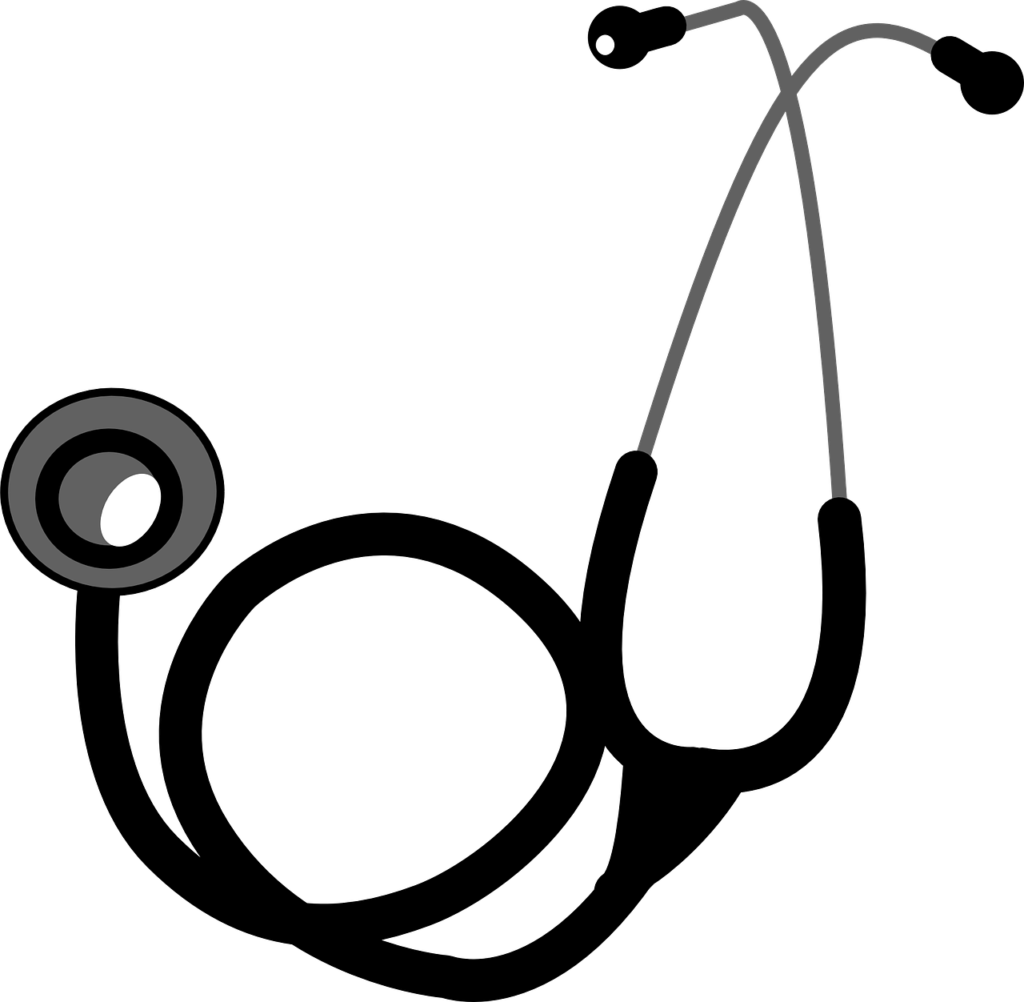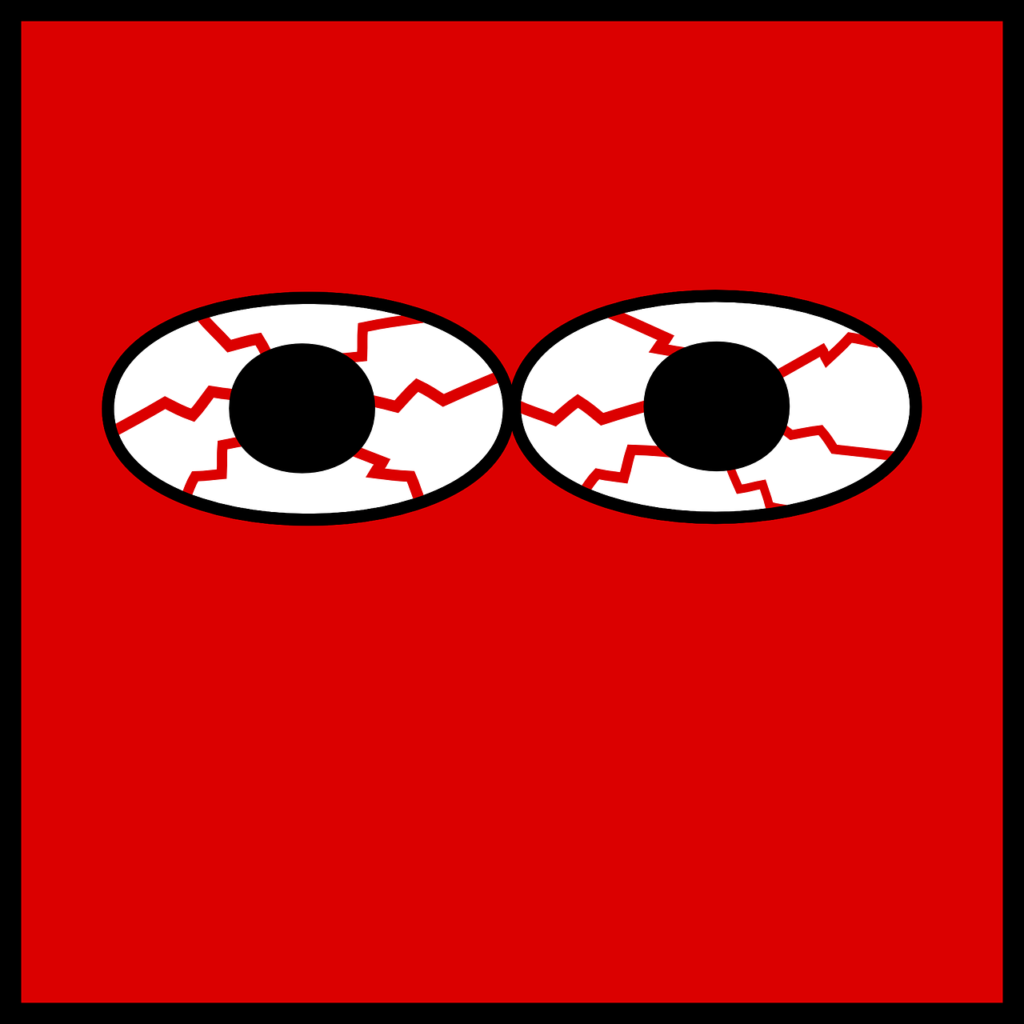Styes, or hordeolums, are a common eye condition that can cause discomfort and frustration for those who experience them. In this comprehensive beginner’s guide, we will explore the definition, pathology, types, stages, causes, risk factors, signs and symptoms, investigations, and general management of styes. We will also delve into the role of homeopathy in treating this ocular issue, offering a holistic and natural approach to relieving the discomfort associated with styes.

What are Styes?
A stye, medically known as a hordeolum, is a small, painful bump that appears on or near the edge of the eyelid. These bumps are typically filled with pus and can develop on either the upper or lower eyelid. Styes can be uncomfortable and unsightly, causing redness and tenderness in the affected area.
The Pathology of Styes
Styes are most commonly caused by a bacterial infection, primarily by Staphylococcus aureus. These bacteria typically reside on the skin, and when they enter the hair follicles or oil glands at the base of the eyelashes, they can lead to an infection. The body’s immune response to this infection results in the formation of a stye, which is essentially a localized abscess or pimple on the eyelid.
The Types of Styes
Styes can be classified into two primary types: external and internal.
1. External Stye: This type of stye develops at the base of an eyelash, often causing a red and painful bump on the outside of the eyelid.
2. Internal Stye: Internal styes, on the other hand, occur on the underside of the eyelid. They are usually less visible but can be equally uncomfortable and painful.
The Stages of Styes
Styes can progress through various stages, each with its own set of symptoms and characteristics:
1. Initial Stage: At this stage, you may notice a red, swollen area on the eyelid, often accompanied by pain and tenderness.
2. Pus Formation: The stye continues to develop as pus accumulates, causing increased swelling and discomfort.
3. Stye Bursting: In some cases, the stye may burst open, releasing the pus and providing relief.
4. Healing: After the stye has drained, it typically starts to heal and gradually disappears.
The Causes of Styes
The primary cause of styes is a bacterial infection, specifically Staphylococcus aureus. However, several factors can increase the likelihood of developing a stye:
– Poor eyelid hygiene, such as not removing makeup before bedtime or using expired cosmetics.
– Touching your eyes with dirty hands.
– Sharing towels, pillows, or other personal items that may carry bacteria.
– Chronic blepharitis, an inflammatory condition of the eyelids, can also increase susceptibility to styes.
The Risk Factors involved in Styes
Certain factors can increase your risk of developing a stye:
– Age: Styes are more common in children and young adults.
– Gender: Women are slightly more prone to styes than men.
– Medical conditions: Conditions like diabetes and rosacea may make you more susceptible to styes.
– Food: Poor nutrition and overall health.
The Signs and Symptoms of Styes
Recognizing the signs and symptoms of a stye is crucial for early intervention and effective treatment. Common symptoms include:
– Swollen, red bump on the eyelid.
– Pain and tenderness in the affected area.
– Gritty or scratchy feeling in the eye.
– Excessive tearing.
– Sensitivity to light.
– A feeling of a foreign body in the eye.
The Investigations and Differential Diagnosis of Styes
In many cases, a healthcare provider can diagnose a stye based on its appearance and your reported symptoms. However, if the stye is persistent or recurrent, your doctor may recommend further investigations to rule out other conditions. The differential diagnosis may include:
– Chalazion: A painless, slow-growing lump in the eyelid caused by a blocked oil gland.
– Cellulitis: A bacterial skin infection that may affect the eyelid.
– Herpes simplex keratitis: A viral infection of the cornea that can mimic the symptoms of a stye.
The General Management of Styes
In most cases, styes can be managed at home with simple self-care measures:
1. Warm Compresses: Applying a warm, moist compress to the affected eye for 10-15 minutes several times a day can help promote drainage and relieve discomfort.
2. Eyelid Hygiene: Keeping your eyelids clean and avoiding the use of expired or contaminated eye cosmetics is crucial in preventing styes.
3. Over-the-Counter Pain Relievers: Non-prescription pain relievers can help manage the pain and discomfort associated with styes.
4. Avoid Squeezing: It’s essential to resist the urge to squeeze or pop a stye, as this can worsen the infection.
5. Prescription Medications: In some cases, a doctor may prescribe antibiotic ointments or oral antibiotics to help clear the infection.
The General Prevention of Styes
Preventing styes involves adopting good eye hygiene practices and minimizing risk factors:
– Wash your hands regularly, and avoid touching your eyes, especially with dirty hands.
– Remove makeup before bedtime and ensure that your cosmetics are not expired.
– Avoid sharing towels, pillows, or other personal items.
– Manage underlying medical conditions such as blepharitis, diabetes, or rosacea with the guidance of a healthcare provider.
The Role of Homeopathy in Stye Treatment
While traditional treatments for styes are effective, some individuals seek alternative or complementary approaches to address their eye issues. Homeopathy is one such alternative, which emphasizes natural remedies and the body’s ability to heal itself. When it comes to styes, homeopathy offers a holistic and non-invasive approach that may be worth considering.
Homeopathic remedies for styes are derived from various natural sources, such as plants and minerals, and are carefully prepared through a process of serial dilution and succussion (vigorous shaking). These remedies are believed to stimulate the body’s vital force and promote healing. Here are some common homeopathic remedies that may be used to treat styes:
1. Staphysagria
Staphysagria is a homeopathic remedy often recommended for styes when the inflammation and pain are accompanied by a sense of suppressed anger or emotions. It is also useful for individuals with recurrent styes; with hard, indurated knots and heat in eyeballs.
2. Pulsatilla
Pulsatilla is indicated when the stye discharge is thick and yellow-green with itching and burning in the eyes. This remedy is suitable for individuals who may be weepy, crave sympathy, and experience changes in symptoms in different environments.
3. Silicea
Silicea is a remedy for styes that are slow to come to a head and often recur. It is typically recommended for those who are sensitive to cold and have a delicate constitution.
4. Hepar Sulphuris Calcareum
Hepar Sulphuris Calcareum is used when the stye is extremely painful, sensitive to touch, and has a tendency to discharge thick, yellow pus.
5. Euphrasia
Euphrasia is a remedy for styes accompanied by eye irritation, burning, and excessive tearing. It is especially helpful when the eye symptoms are more pronounced than the stye itself.
6. Belladonna
Belladonna may be prescribed for styes that are intensely red, swollen, and painful. The affected person may also experience throbbing pain.
7. Conium Maculatum:
Ideal for hard styes with photophobia and excessive tearing. Take 3-5 pills, 3 times a day.
8. Ferrum Phosphoricum:
Suitable for the initial stage of styes with redness, pain, and burning. Take 3-5 pills, 3 times a day.
These homeopathic remedies offer a natural, holistic approach to stye treatment. Remember to consult a homeopathic practitioner for personalized guidance.
It’s important to note that homeopathy is based on the principle of individualization, where treatment is tailored to the specific symptoms and constitution of the person. Therefore, a homeopathic practitioner will take into account the totality of your symptoms and prescribe the most appropriate remedy for your unique case.

Looking Back
Styes are a common and often bothersome eye condition. Understanding their causes, symptoms, and stages is essential for timely intervention and management. While conventional treatments are effective, hom0eopathy offers a natural and holistic approach that some individuals find appealing. If you’re considering homeopathic treatment for a stye, consult with a qualified homeopathic practitioner who can provide personalized guidance and remedies.
Remember that good eye hygiene and preventive measures are key to reducing the risk of styes. By maintaining clean eyelids, avoiding the sharing of personal items, and addressing underlying health conditions, you can significantly lower your chances of developing these uncomfortable eye bumps. Whether you opt for traditional treatments or explore homeopathy, the goal is the same: to alleviate discomfort and promote a swift recovery.
Reach out to us for a Consultation
For any queries, reach out to us at contact@homeopathic.ai
This blog is for information purposes. It’s crucial to note that while homeopathy is a centuries-old practice with many adherents worldwide, always consult a qualified homeopath or medical professional before initiating any treatment.





